#ainsworth
Explore tagged Tumblr posts
Text







✮⋆˙ ⛄ LYSANDRE christmas edition !! ꩜ .ᐟ
#amor doce#corazon de melon#layouts#packs#mcl#my candy love#amour sucre#christmas#xmas#2024#icons#lysandre#lysandro#lysander#ainsworth#messy#headers#amor doce icons
55 notes
·
View notes
Text

Another redraw of an old piece of mine. Less ambitious since I intend to turn it into a badge design for sale at comic cons.
#666akatsuki#haggisbeastart#digital#digital art#haggisbeast#elias ainsworth#Elias#ainsworth#ancient magus bride#anime#anime art#fanart
36 notes
·
View notes
Text
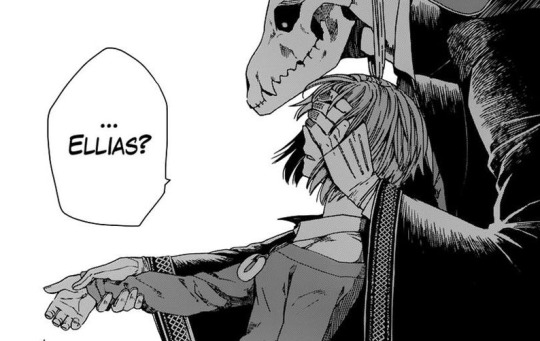
I'm such a ho for hands, I can't even. Please. PLEASE.
#♝#Elias Ainsworth#Elias#Ainsworth#Ains#Chise#Chise Hatori#TAMB#AMB#The Ancient Magus' Bride#Ancient Magus' Bride#mahoutsukai no yome#manga screencaps
31 notes
·
View notes
Text
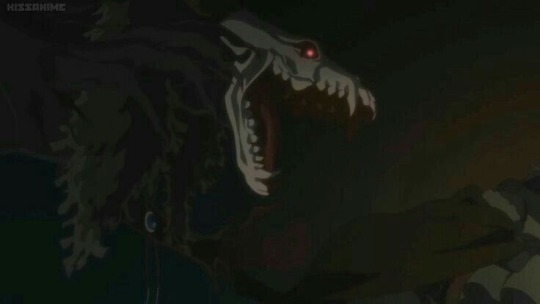
I need to sit on his face.
Immediately
Expeditiously
Promptly
AHHHHHHHHHH
30 notes
·
View notes
Text
TW ED MENTION
This is a art piece I made about Cassie from skins

Bad art I've made for my art class
#art#artists on tumblr#artwork#small artist#my art#drawing#fnaf cassie#cassie skins#cassie#Ainsworth#Cass#skins uk#skins gen 1
2 notes
·
View notes
Text
HAL taught us petzos about Dogs Burying Other Petz and I'm rying so hard to incite murder lmao

RespberrySpice was NOT interested


Lize was willing to grab Bagpuss but wouldn't bury him, and I felt too bad about them hating each other to carry on

Snowfall just wanted to run around and then i realised hey this trait might be tied to a personality value and it is-- naughtiness, apparently (burying is, at least) so I started going throug the crew

Ainsworth has a value of 98!! let the burying ritual continue
2 notes
·
View notes
Text
Cassie Ainsworth Mental Health Analysis
SELF-HARM WARNING, DO NOT READ IF YOU ARE TRIGGERED EASILY!
Cassie Ainsworth Mental Health Analysis:
Skins, the iconic British teen drama series, has been celebrated for its raw and unfiltered portrayal of the lives of adolescents as they navigate the tumultuous waters of adolescence. One character who left a lasting impression on viewers was Cassie Ainsworth, played by the talented Hannah Murray. Cassie's character was known for her quirky personality, unique fashion sense, and her profound struggle with mental health issues. In this post, we will delve into the complex mental health journey of Cassie Ainsworth
To understand Cassie, first we must understand her childhood. Cassie comes from a dysfunctional family. Her parents are divorced, and she has a strained relationship with both of them. Her father is remarried, which seems to have created feelings of abandonment and rejection in Cassie. Her mother is depicted as overbearing and controlling.
Now since we have a little backstory to build on. Let's get into the mental health analysis
There's 2 things that comes to mind in this story for me. Anorexia Nervosa and Borderline Personality Disorder, with Anorexia Nervosa being most evident. If you have watched the show or even 2 minutes of it, you will see she suffers from a eating disorder. So in this post we will focus on borderline personality disorder and why I came to believe she has it.
Intense and Unstable Relationships: Throughout the series, Cassie struggles with maintaining stable and healthy relationships with her friends and romantic partners. She often experiences intense and rapidly changing emotions in response to interpersonal conflicts and attachments. This is a hallmark feature of BPD.
Fear of Abandonment: Cassie frequently exhibits a fear of abandonment. She is deeply affected by perceived rejection or abandonment from people she cares about, leading to emotional turmoil and impulsive behaviors in an attempt to prevent abandonment.
Impulsivity: Cassie engages in impulsive behaviors, such as self-harm, substance abuse, and reckless decision-making. These impulsive actions are often driven by her intense emotional reactions and a desire to alleviate emotional pain.
Identity Disturbance: Cassie's sense of self is depicted as unstable and unclear. She often struggles with her self-identity, and this is reflected in her ever-changing appearance, interests, and beliefs.
Self-Harm and Emotional Dysregulation: Cassie's self-harming behaviors, such as cutting, are portrayed as a way to cope with overwhelming emotions and to regain a sense of control. Emotional dysregulation, or the inability to manage and stabilize emotions, is a common feature of BPD.
Mood Swings: Cassie experiences rapid and intense mood swings, often switching between extreme happiness, sadness, anger, and emptiness. These mood swings are a characteristic feature of BPD.
Cassie seems to be suffering from something more than an eating disorder due to her behavior. And with research on her and mental health disorders it has led me to believe it's also BPD in action here.
With that said Cassie diagnosis is: Anorexia Nervosa and Borderline Personality Disorder
NOTE: THIS IS A SHOW AND IS NOT MEANT TO SHOW THE COMPLEX NATURE OF THESE DISORDERS. THIS IS ALSO JUST MY PERSONAL OPINION.
Thank you for reading!
#cassie#cassie ainsworth#Ainsworth#Skins#Show#Mental#Health#MentalHealth#mentalillness#Analysis#MentalHealthAnalysis
9 notes
·
View notes
Text

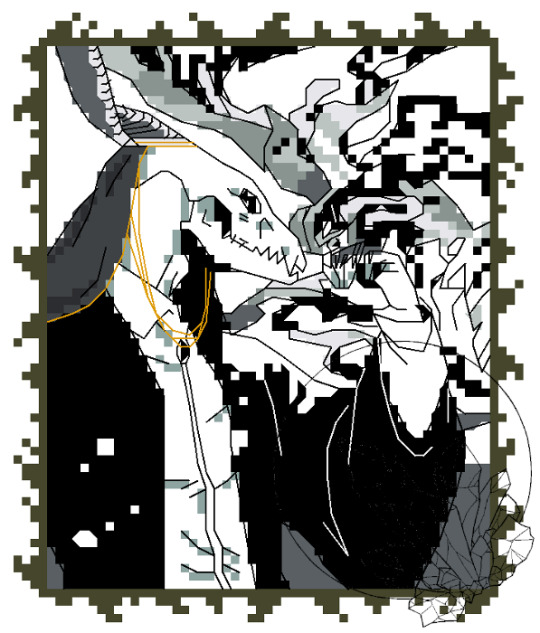
Elias Ainsworth cross stitch
Old FB prize Share and Like=Thank you💜
#anime#eliasainsworth#elias#fee#manga#mywork#giweaway#ainsworth#crossstitch#xstitch#art#artist#prize#fantasy#cross stitch#embroidery#handmade
19 notes
·
View notes
Text
Who will i be tonight?
that’s the question


#aż do grobu#aż do śmierci#az do kosci#bede lekka#nie jestem idealna#nie chce jeść#nie chce być gruba#nie chce jesc#motylki#jestem motylkiem#blogi motylkowe#bede motylkiem#bede lekka jak motylek#porady dla motylków#chce byc lekka jak motylek#motylki any#lekka jak motyl#będę motylkiem#tw ana bløg#tw ed ana#tw ana rant#aż do kości#4norexla#th1n$pø#cassie ainsworth#bulim14#tw mia#chude ciało#chude uda#chudosc
14K notes
·
View notes
Text

#coquette#lana del ray aesthetic#lana del rey#girlblogging#lily rose depp#girlhood#fashion#lana del ray aka lizzy grant#palo alto#too the bone#coquette dollete#dollette#dollcore#dollette winter#coquette girl#vampire aesthetic#vampire#female hysteria#vivianne westwood#cassie skins#cassie ainsworth#pretty little liars#manic pixie dream girl#ballerina#this is a girlblog#girl blogger#lizzy grant unreleased#lizzy grant#elizabeth woolridge grant#pricilla aesthetic
6K notes
·
View notes
Text
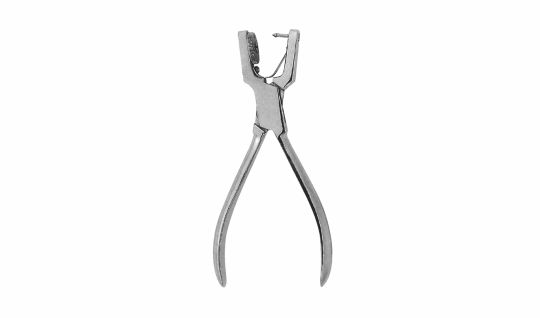
Elevate your dental practice with our high-quality Dental Excavators, designed to provide unparalleled precision and comfort during your procedures. Crafted with medical-graded stainless steel and the latest advancements in dental technology to ensure optimal patient care.
0 notes
Text
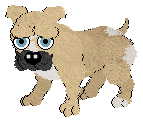
Name: Ainsworth
Species: Dog
Breed: Bulldog
From: Becca@Sungraze
0 notes
Text

#effy aesthetic#effy stonem#skins effy#effy core#skins gen 3#sid skins#skins gen 2#skins gen 1#skins generation 1#cassie skins#cassie ainsworth#sid jenkins#gaslight gatekeep girlblog#gaslight gatekeep girlboss#girl boss gaslight gatekeep#girlblog aesthetic#girlblogging#just a girlblog#just girlboss things#girlhood#femcel#lana del ray aka lizzy grant#grungyteens#2014 soft grunge#2014 grunge#grunge gf#grungy girls#grungy style#grungy blog#grunge
5K notes
·
View notes
Text

[1] Batter up, baby || Elias Ainsworth
by scent.2002 || Meta
Starting this new art series with Elias Ainsworth from The Ancient Magus' Bride (Mahō Tsukai no Yome) in things self-indulgent to me, myself, and I.
Solo shot undercut.
Tagging the horned beast besties. @eyecandyeoz @majo-tsukiko
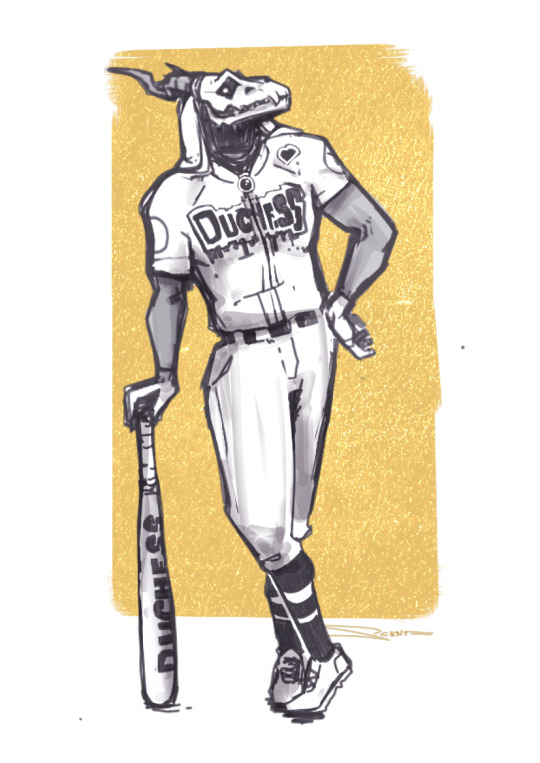
#♝#dukeoftheblackstar#Elias Ainsworth#The Ancient Magus Bride#AMB#Mahō Tsukai no Yome#mahoutsukai no yome#amb elias#elias#ainsworth#ains#dains
27 notes
·
View notes
Text




#girlblogger#girlblogging#coquette#dollette#lana del rey#lizzy grant#ultraviolence#cecilia lisbon#lisbon sisters#buffalo 66#priscilla#priscilla presley#cassie ainsworth#cassie skins#skins uk#sofia coppola#i’m just a girl#this is what makes us girls#girlblog#girl interrupted#girl interupted syndrome#manic pixie dream girl#lana del ray aka lizzy grant#tumblr 2014#girlhood
7K notes
·
View notes
Photo
Gods above I love Elias

That moment your little cousin’s visit is over
149 notes
·
View notes